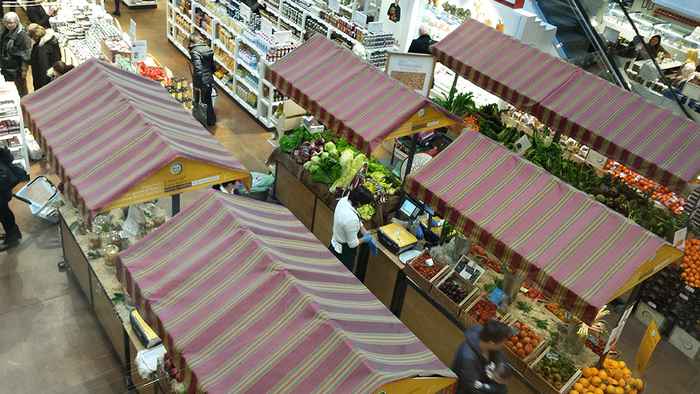Perfectly Disorganised Markets - By Freek Janssens
Publication date 25-04-2015
Urban markets are hot. From Seattle to Sydney and from Turin to Toronto, marketplaces are popping up in cities to meet the interests of city dwellers in sustainable and healthy food and lively places to meet one another. This development has not gone unnoticed by planners and politicians. Increasingly, they appreciate the value of urban marketplaces.
